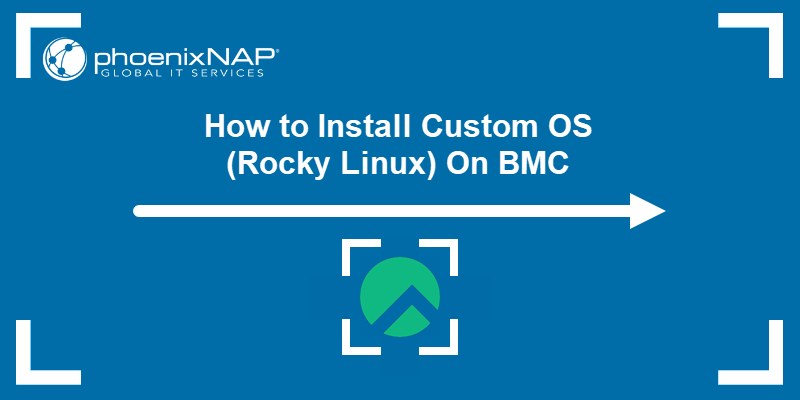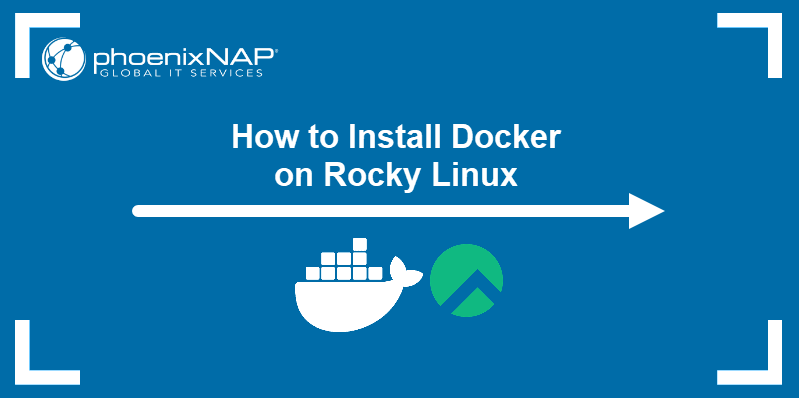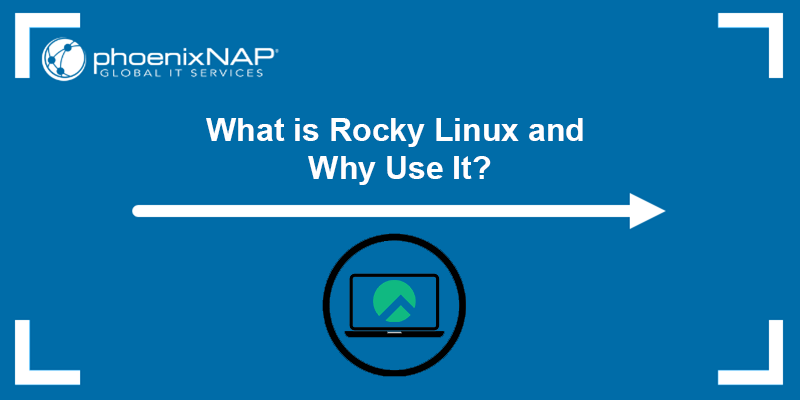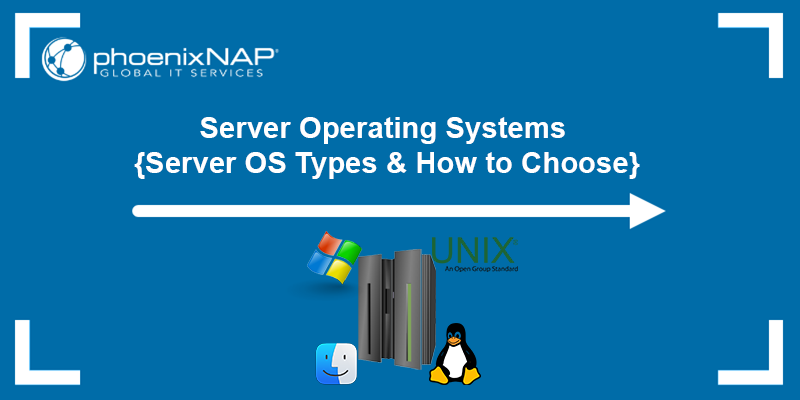Rocky Linux and AlmaLinux are two open-source Linux distributions that appeared as viable replacements for CentOS after Red Hat decided to discontinue the OS and replace it with CentOS Stream.
Both distributions are stable and bug-for-bug compatible with RHEL, making them similar, if not identical, in terms of performance.
This article will show the key differences between the two operating systems and help you choose which one to use.
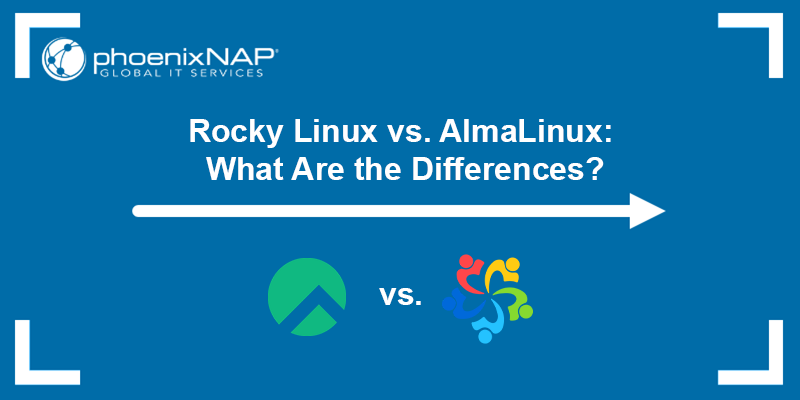
AlmaLinux
AlmaLinux is an open-source downstream RHEL fork created in 2021 by CloudLinux. This company makes custom Linux-based operating systems for large hosting providers and data centers. Its initial name was Project Lenix, but it later got the name AlmaLinux.
Although CloudLinux created the OS, the company is not the owner, but one of the sponsors.
The image below shows the AlmaLinux desktop environment:
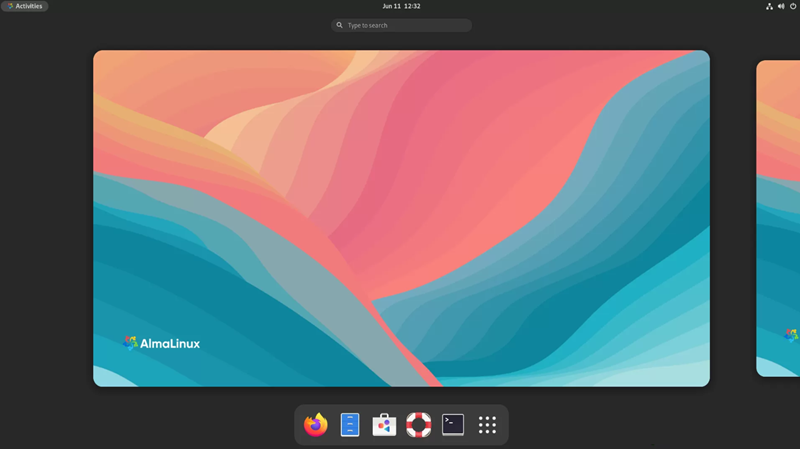
Note: If you are looking for a CentOS replacement, learn how to migrate CentOS to AlmaLinux.
Rocky Linux
Rocky Linux is another open-source enterprise-grade OS completely compatible with Red Hat Enterprise Linux and based on its source code. The first stable version was released in 2021 and has since been under intensive development by the community.
The founder of CentOS, Gregory Kurtzer, created Rocky Linux with the goal of making an OS with the same purpose as CentOS. The distribution is downstream and maintains binary compatibility with RHEL.
Note: Want to try Rocky Linux? Follow our tutorial to install Rocky on VirtualBox or install Rocky on VMware.
The image below shows the Rocky Linux desktop environment:
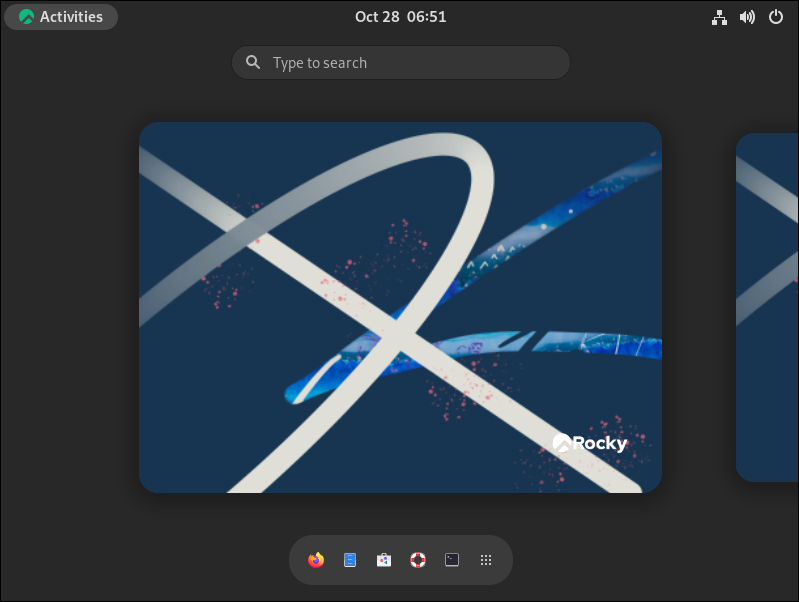
AlmaLinux vs. Rocky Linux: Key Differences
Although both operating systems are identical forks of RHEL, some differences set them apart. The following table shows an overview of the key features of the two operating systems, their similarities, and differences:
| Rocky Linux | AlmaLinux | |
|---|---|---|
| Creation date | June 2021 | March 2021 |
| Created by | Former CentOS founder Gregory Kurtzer | CloudLinux |
| Lifecycle | 10 years | 10 years |
| Purpose | A community-supported, production-grade enterprise OS. | A community-supported, production-grade enterprise OS. |
| System base | RHEL | RHEL |
| Security | High security with NTP and Secure Boot support. | High security with CIS (Center for Internet Security) Benchmark. |
| RHEL compatibility | 1:1 bug-for-bug compatibility. | 1:1 bug-for-bug compatibility. |
| Support | Around 8 years with extended support from commercial providers. | Around 8 years. |
| Architecture support | x86_64, aarch64, ppc64le and s390x. | x86_64, aarch64, ppc64le and s390x. |
| Updates | Regular updates with a lag of up to one business day. | Regular updates with a lag of up to one business day. |
| Funding | $26M secured for funding the project by CIQ, the founding sponsor and services partner. | $1M in annual sponsorship from CloudLinux Inc and support from other sponsors. |
Since both operating systems are built from RHEL source code to fill the gap left by CentOS, there aren't many differences in compatibility, supported architecture, or purpose.
The main differences lie in the project funding, which is based on different sponsors, and security. AlmaLinux comes with CIS Benchmark, allowing users to configure their system security and obtain a full report on potential security issues. Rocky Linux comes with the Network Time Security protocol for NTP and Secure Boot support.
The sections below explain each OS' features and differences in detail.
Based on (Architecture)
AlmaLinux and Rocky Linux are based on RHEL source code, making them both 1:1 bug-for-bug binary compatible RHEL forks. Since the last version (v9.0 for both OSes at the time this article was written), they support x86_64, aarch64, ppc64le, and s390x architectures.
AlmaLinux introduced the s390x support with the latest version, while it added support for aarch64 in v8.4.
Contrary to AlmaLinux, Rocky Linux supported aarch64 since the beginning but did not have ppc64le and s390x support until version 9.0.
Updates and Release Cycle
Both operating systems focus on stability and only incorporate tested and production-ready features. The stability comes at a cost, meaning that bleeding-edge software and features are available only on CentOS Stream, an upstream version of RHEL. However, there are often bugs that may cause disruptions if implemented.
For that reason, both AlmaLinux and Rocky Linux incorporate new features later. The update release lag is the time between Red Hat publishing a package update and when the RHEL rebuilds release their package update.
At first, when the initial versions were published, there was more delay in Rocky Linux incorporating the changes. The greater delay occurred because the Rocky engineering team focused more on testing the assets before releasing them, focusing on the quality rather than the speed.
Consequently, AlmaLinux was faster and has gotten updates out sooner. However, after the v8.4 release, the update release lag is minimal for both distributions, typically a day or less. Additionally, since version 9.0, Rocky has a new build system which should decrease the release lag.
Performance
Since AlmaLinux and Rocky Linux are identical RHEL-rebuilds, the performance doesn't differ, and both are production-ready, enterprise-grade operating systems, just like CentOS used to be. The only difference in performance may result from the use of custom software.
The latest versions of AlmaLinux and Rocky Linux are based on upstream kernel version 5.14, which comes with improvements related to cloud and container development. This kernel delivers improved security, SELinux performance, and user authentication logs.
Additionally, the latest versions include updates to dynamic programming languages, version control, web servers, performance, debugging tools, etc., which improves performance and functionality.
Due to their blazing-fast performance, both OSes are widely used in the cloud and on-premises to run enterprise applications.
Stability
Stability is the focus of both OSes, whose purpose is to replace CentOS, with their key advantage being stability. When Red Hat discontinued CentOS, they decided to release new software and updates for CentOS Stream as a rolling release, but with a risk of bugs. After fixing the bugs, the RHEL version receives the update. After that, AlmaLinux and Rocky Linux incorporate the update as well.
That way, AlmaLinux and Rocky Linux have eliminated the possibility of incorporating unstable software, at the cost of taking longer to introduce the update.
By focusing on stability and offering the same as CentOS once did, AlmaLinux and Rocky Linux are gaining users' trust and ensuring a smooth and stable system operation.
Support
Although many enterprise apps are built to run on RHEL, that does not guarantee that they will also run on AlmaLinux and Rocky Linux, despite being fully compatible with RHEL. The lack of support on some apps is because they require a certain level of certification.
Enterprises must provide the certification for their apps, in agreement with the engineering team of Rocky and AlmaLinux. However, more enterprise organizations are making their apps available on Rocky and AlmaLinux because the customers and their requirements are driving them to support the OSes.
For example, multiple large-scale organizations certify their apps on Rocky Linux, including Nvidia and Google Cloud. On the other hand, Dell, Liquid Web, and others support AlmaLinux.
The support for both OSes is growing with the number of users, and it is expected to follow the trend and keep rising.
Community
AlmaLinux and Rocky Linux are open-source distributions owned and governed by the community. As such, they are free and focused on the community's needs and long-term stability.
Both OSes have a growing community with an increasing number of partners and sponsors. For example, the AlmaLinux community is one where users can get the latest information about new versions, security updates, and features.
Rocky's community has also grown enormously since its release. The forum allows the users to discuss events, outreach efforts, get help with any issues, and get more information about new releases, beta versions, etc.
The number of users of both distributions is on the rise, which means the community is growing and is actively involved in developing the OSes.
Package Managers
The default package manager on AlmaLinux is the dnf package manager. It is used for checking the official and any custom-configured repositories for software updates.
On the other hand, Rocky Linux uses the rpm or dnf package manager. The RPM packages are used by all RedHat-based distributions (including RockyLinux, AlmaLinux, Fedora, CentOS, etc.).
The dnf package manager is a successor to yum that works with RPM packages in local or remote repositories.
Note: Learn the difference between RPM and YUM package managers.
Repositories
AlmaLinux and Rocky Linux have the following main repositories installed by default:
- BaseOS - contains a core set of software packages for OS functionality.
- AppStream - provides additional user space apps, runtime languages, databases, etc.
- Extras - contains packages not available in RHEL.
Other repositories must be enabled manually.
AlmaLinux contains the Vault repository with packages and ISO images for previous OS versions.
Rocky Linux also has several community-approved repositories, typically found in the Extras repository, such as Extras, Plus, RT (real-time), NFV, etc. The previous versions of Rocky also remain in the repositories to allow users to downgrade if necessary.
Security
The two distributions differ in terms of the security features they incorporate.
AlmaLinux comes with CIS (Center for Internet Security) Benchmark, allowing users to configure their system security. The benchmark comes with a tool named CIS-CAT, which provides full reports on any potential security issues. CIS Benchmark is available for AlmaLinux version 8.4 and above.
Additionally, AlmaLinux features the OpenSCAP tool, which automatically checks the system for vulnerabilities. The tool is available via the terminal or the OpenSCAP Workbench app.
Rocky Linux has incorporated a new security system SELinux (Security Enhanced Linux) with kernel version 2.6. SELinux was created by the NSA (National Security Agency) to implement a robust MAC (Mandatory Access Control) architecture.
Note: Learn the difference between AppArmor and SELinux, two types of MAC systems.
A MAC system creates a containment system by reinforcing the separation of confidentiality and integrity information. The system has no superuser notion and is independent of the traditional rights system.
Use Cases
The AlmaLinux OS aims to be an enterprise operating system designed for companies and organizations looking for a stable and performant Linux distribution. It is deemed a free alternative for RHEL, built from its source code.
Additionally, AlmaLinux can serve as a base for building a secure and application-optimized operating architecture. It works well as a server, providing reliable and stable operation, but it can also serve in physical, virtual, and cloud-based environments.
Rocky Linux also focuses on enterprises, representing an alternative for CentOS and RHEL by integrating hyper-scale, cloud, and high-performance computing. The key features of the OS make it an excellent option for large organizations.
Rocky also performs very well as a server, offering stability, performance, and compatibility with most control panels. Medium enterprises can also use Rocky as it is cost-effective and provides all RHEL features for free.
Despite their focus being on enterprises, AlmaLinux and Rocky Linux are also suitable for private use as they are free and user-friendly.
Learning Curve
Neither AlmaLinux nor Rocky Linux have been active for a long time - both were created in 2021 after the sudden announcement of CentOS's end of life. Although they are new, both OSes are based on RHEL, and it should be easy to learn them if you have experience with CentOS or RHEL.
Additionally, it is quite easy to install Rocky and AlmaLinux, with the installation process requiring a few steps through a GUI.
The learning curve for any Linux OS can be steep if you have no experience, so we recommend learning the basic Linux commands.
Corporate Backing
AlmaLinux's main sponsor is CloudLinux, its founding company, which provides $1 million annually for project development and support. Aside from that, AlmaLinux currently boasts twenty-one partners and sponsors backing the OS, and one commercial support vendor - TuxCare.
The largest backers of AlmaLinux are Microsoft, AWS, Equinix, cPanel, AMD, etc.
Rocky Linux was founded and sponsored by CIQ, a company established by Kurtzer. The company provides commercial support and has so far gathered about $26 million for funding the project.
Other sponsors of Rocky Linux are MontaVista and OpenLogic, while many large companies support the OS, including Google, AWS, Microsoft Azure, VMware, and others.
The large and ever-growing support for the distributions paves the way for the success of both OSes.
AlmaLinux vs. Rocky Linux - Which One to Go With?
While both OSes have the same intention and target group - people and enterprises who used CentOS are now looking for an alternative. The choice between the two is up to individual preferences. Since both OSes are 1:1 RHEL forks, their performance is the same, as well as stability and the learning curve.
The two distributions mostly differ in the type of security they provide, as well as the funding provided by the sponsors.
Regarding the community and number of users, the scales tip towards Rocky Linux. Recent statistics published by Fedora for the Extra Packages for Enterprise Linux (EPEL) usage show a surge of Rocky Linux users. The number surpasses that of CentOS Stream, AlmaLinux, and even RHEL usage with EPEL enabled.
The higher number may point to a more developed community in the future and greater support for any issues that may arise.
Note: Learn how to install Python on Rocky Linux.
Conclusion
This article has shown the similarities and key differences between Rocky Linux and AlmaLinux. After reading the article, you should have a clearer picture of each OS's features and choose which one to use for your business.
Check out our Rocky Linux vs CentOS to see how these two OS compare to each other and if Rocky Linux is a replacement for CentOS. Next, read our comparison article Rocky Linux vs. ubuntu.
